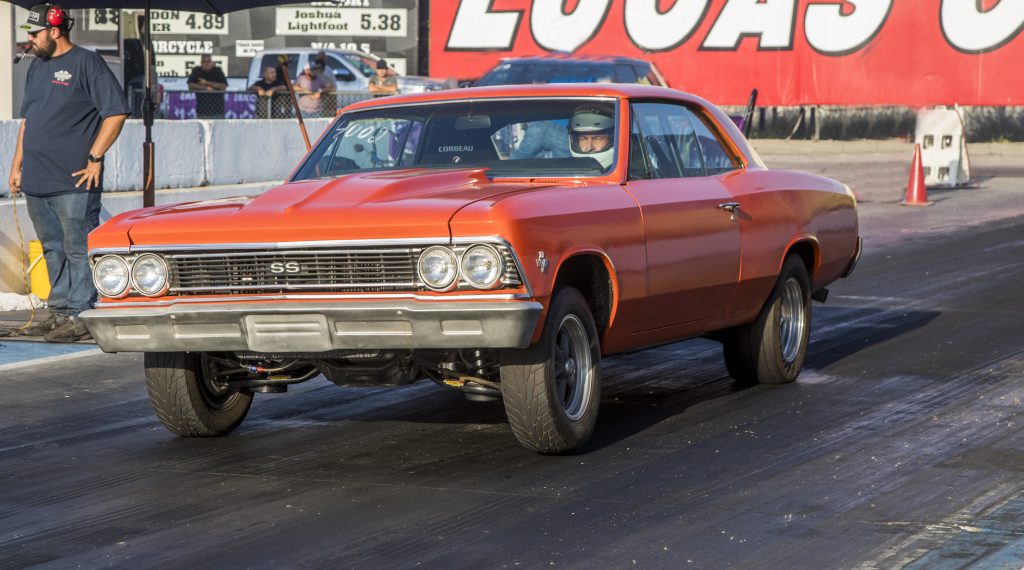
The big news in Bowtie land these days is Chevrolet Performance’s monster ZZ632 tall-deck big-block crate engine that can make 1,004 hp on 93 octane gasoline. Everybody is buzzed about four-digit normally aspirated horsepower on pump gas and this achievement is certainly worthy of praise.
After studying the specs, impressed by the torque curve, and marveling at how this engine makes 600 lb.-ft. of torque at just 3,000 rpm, there is certainly much with which to be impressed. Since this engine is aimed at the street crowd, our first thought was, how well would this engine perform on the drag strip in a real street car? If you’re going to invest serious money in an engine of this magnitude, you’re not going to stuff it in a stock 1967 Camaro or a second generation Nova unless the car also sports some chassis work.
We decided to use a full-frame 1966 Chevelle that we know well and theoretically swap this engine into the car and simulate what combination of parts it would take to push this car as quickly as possible down the track. For our drag strip simulator software, we chose an older program called Quarter, Pro originally designed by Patrick Hale. There are other drag strip simulators such as Desk Top Drag Race Simulator, and others but we’re the most familiar with our Quarter, Pro software so that’s what we’ll use.
Running the ZZ632 on a Drag Race Simulator
We started with a Chevelle with small tires and will work our way up to its quickest potential combination of big tires, reduced weight, and optimized suspension and see just how quick this big Rat can push a ‘60s muscle car down the track. Right out of the gate, weight and horsepower dictate this car should run in the 9s—but life on the strip is more than just big horsepower.
Our theoretical Chevelle begins with 26 inch tall by 8 inch wide DOT legal sticky M/T tires, a TH400 trans with a 3,600 rpm stall speed converter and a set of 3.55:1 rear gears. We decided to shift this big block at a conservative 6,500 rpm. A 12-bolt rear axle assembly might hold up, but with all this torque a Strange S-60 rear with a 9.5 inch diameter ring gear is probably a better idea.
We also chose to put our Chevelle at a fighting weight of 3,700 pounds that includes the driver and a half-tank of gasoline. That might sound heavy, but our real world Chevelle with an iron block LS motor and TH400 tips the scale at 3,575 pounds with a host of lightweight parts including fiberglass hood, deck lid, no back seat, race seats, no heater box, and an eight-point roll bar. A tall deck, iron block 632ci Rat would add a minimum of 100 pounds so we rounded up to 3,700 pounds to account for a larger, heavier a 4L80E overdrive trans that would be a natural complement for this engine.
We’ve assembled all the combinations in an accompanying chart at the bottom of this post to make the results easier to compare. Combination A is not practical if you’re interested in running quickly down the drag strip because those little 8-inch wide tires are simply over-powered. As you can see from the 3 second 60 foot time, traction is seriously lacking. The tires spin mostly through second gear before finally gaining traction in high gear. The car still runs an amazing 141.5 mph in the quarter-mile, which reveals its power. So we need to add bigger tires and a looser converter.
We will save the knowledgeable racers the trouble of deluging us with poison email rants about managing traction. This simulation assumes planting all the power right off the starting line. We are aware of the multiple ways to manage power to allow a small tire car to accelerate with minimal traction. MSD’s slew rate ignition box is one way to control power along with several traction control programs that work extremely well. This could be easily be dealt with by reducing timing at lower engine speeds to manage traction but then why invest in an engine making all this power only to not use it?
Making Adjustments to Our Virtual Chevelle
For Combination B of our test, we added a 4,000 rpm stall speed converter and also tubbed the Chevelle to allow installing a set of 31 inch tall Mickey Thompson slicks that are 12.5 inches wide. It’s clear this engine will require a tire this size or larger to generate the traction we’ll need to lay down all this power. We also added a 4.10:1 rear gear to compensate for the effective reduction in gear ratio with the taller tire.
This B combo instantly produced some amazing results for a 3,700 pound car by pulling the 60 foot times down to 1.44 seconds with a quarter mile pass of 9.54 at 145.70 mph. We also added a decent traction surface roughly equivalent to a bracket race night at the drag strip. This mid 9 second pass also emphasizes that this quickness must be accompanied by a host of safety components.
Once a car runs quicker than ten flat, NHRA requires a significant list of safety modifications starting with a full roll cage and the chassis will have to be certified. Next, you’ll need an SFI spec flexplate, a converter shield, a locking automatic dip stick tube, and other items including a competition license and a SFI rated fire suit for the driver. Keep these in mind if you are considering adding this kind of power since it doesn’t make sense to build a car that can run this quick that will only get you tossed out after your first pass for not having the proper safety equipment.
Assuming your car will pass tech, we’ve now reached the point where the law of diminishing returns is fully at play. Running in the low 9s is quick so now we’re down to smaller changes to trim tenths from our heavy Chevelle. By bumping the stall speed up to around 5,000 rpm in Combo C, the 60 foot time actually slowed down by 0.01 second by spinning the tires harder on the start but the looser converter did help the 1/8-mile time by 0.13 second and the overall ET by nearly 0.20 second. A converter like this is going to push this car more into the area of a race car and would be far less fun on the street due to its looser stall speed.
We’re now deep into the 9s with a 3,700 pound car but there are still some little tricks we can try. Let’s say we really want to plant all the power to the ground. The best way to do this is for Combo D to up the tire ante to 13 inch wide M/T tires and we’ll try this at a local NHRA Divisional race where the surface will be better. This helps with a 0.07 second improvement in 60 foot times that equates to a 9.23 at 147.9 mph.
With this much gear, this spins the motor to around 6,700 to 6,800 rpm going through the lights which is just about perfect since this ZZ632 makes peak power at 6,600 rpm. This means we can’t really pull rear gear ratio but we could try reducing the First gear ratio to see what that accomplishes. This looked like a good idea for Combo E since the simulation revealed even our big 13 inch tires were spinning through the first 30 feet off the line. This small ratio change pushed our simulated Chevelle to an enticing 9.20 at 148 mph and for the first time the simulation showed as much as a 1.50 G during the first 60 feet. That would be a rush.
We were close enough to push this beast into the 8s. The easiest way to do that is to just trim the fat. With a few experiments, we discovered that if we reduced the weight to 3,425 pounds—275 pounds lighter—this would push our big beast to a 1.35 60 foot and a call-your-momma 8.98 at 151.3 mph blast.
We have some experience with Chevelles at 150-plus mph and we can tell you that these cars like to fly at this speed, lifting the front end and making them a handful to keep straight. Chevelle aerodynamics are atrocious with a distinct lack of stability.
How About a Camaro Instead?
Because our computer simulation allows us to experiment with just a few key strokes, we shifted our body style to a fourth generation Camaro at the same weight so that now we are punching a much smaller and cleaner hole in the air. We reduced the Chevelle’s frontal area of 24 square feet to a slightly smaller 22 square feet. The big change was reducing the drag coefficient from 0.5 to 0.24. If we multiply frontal area times drag coefficient, this creates something called drag area. For comparison, the Chevelle’s drag area is 12 while the Camaro in this trim is 5.28—less than half of the Chevelle.
All this paid off with an ultimate time of 8.84 at 157.4 mph. So with a cleaner body style at 3,425 pounds, this off-the-shelf 632ci Rat motor on pump gas motor clearly has the grunt to make even a heavy car very quick. Making the power with this impressive engine is easy.
So clearly the Chevy Performance ZZ632 is capable of pushing even a heavy car deep in to the 9s with no trouble. As you can see from this simple simulation, the real issue is hooking all that power to the ground.
But anything this quick is certainly worth the effort!
| Combo | 60 Ft. | 660 Ft. | MPH | 1,320 Ft. | MPH |
|---|---|---|---|---|---|
| A) Small Tire Street | 3.06 | 8.46 | 109.6 | 11.99 | 141.5 |
| B) 31x12.5 Tire 4.10:1 Gears 4,000 Stall | 1.44 | 6.14 | 113.9 | 9.54 | 145.7 |
| C) 5,000 RPM Stall | 1.45 | 6.01 | 117.1 | 9.35 | 147.5 |
| D) 13x31 Tire, Track Prep | 1.38 | 5.90 | 117.7 | 9.23 | 147.9 |
| E) 1.91 First Gear | 1.37 | 5.87 | 117.9 | 9.20 | 148.0 |
| F) Weight to 3,425 lbs. | 1.35 | 5.74 | 120.8 | 8.98 | 151.3 |
| G) Gen. IV Camaro | 1.35 | 5.69 | 123.4 | 8.84 | 157.4 |
How Quick is That?
One way to evaluate your combination is to use a simple math equation that is merely an estimate of average acceleration. To do this, all we have to do is divide the quarter-mile distance of 1,320 feet by the car’s trap speed. This will give us a close approximation of the elapsed time for the speed. For combination A, the 141.5 mph divided into 1,320 results in a 9.32 second ET, which is a far better number than our traction-limited 11.99. Conversely, if we use our best Chevelle simulation of 8.98 at 151.3 mph, the equation produces 1320/151.3 = 8.72—which is not bad at only 0.26 second quicker than what the simulation estimated.
You can do your own evaluations on the simulations that interest you in between those two extremes, but this simple test is a quick way to judge just how efficient the car is accelerating with any engine.
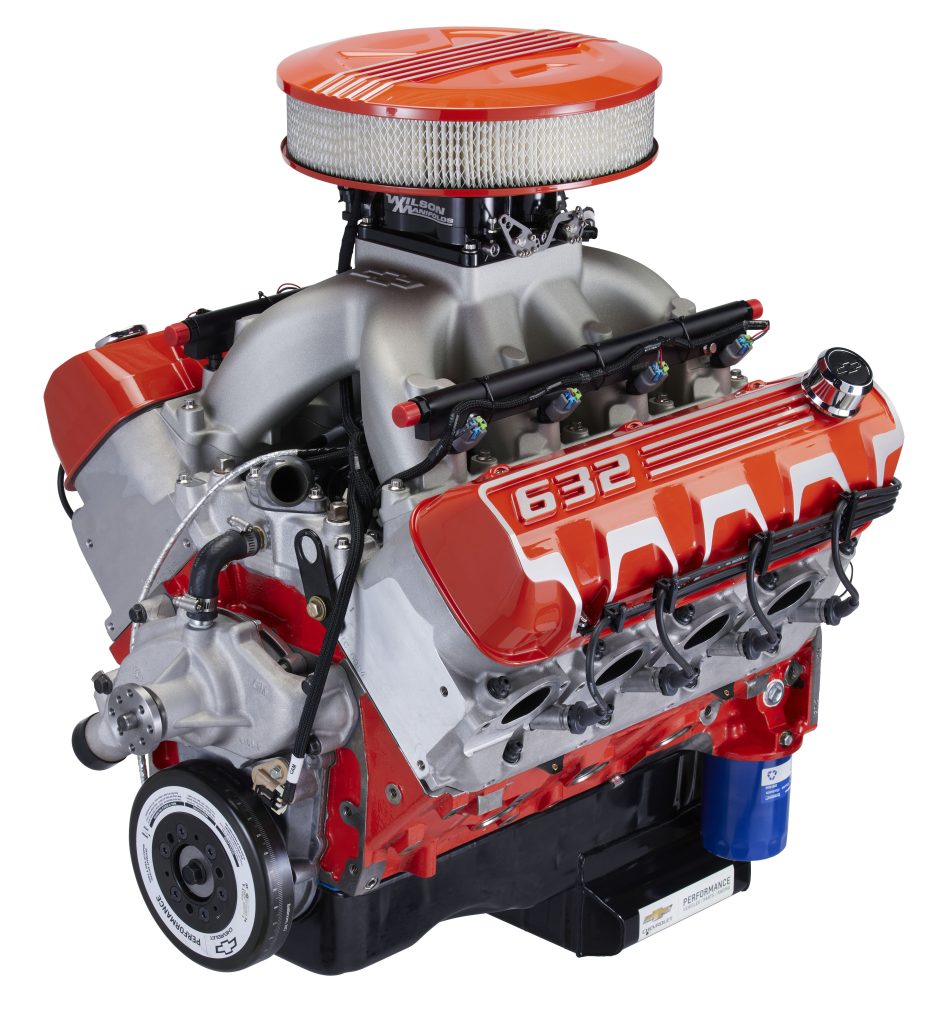
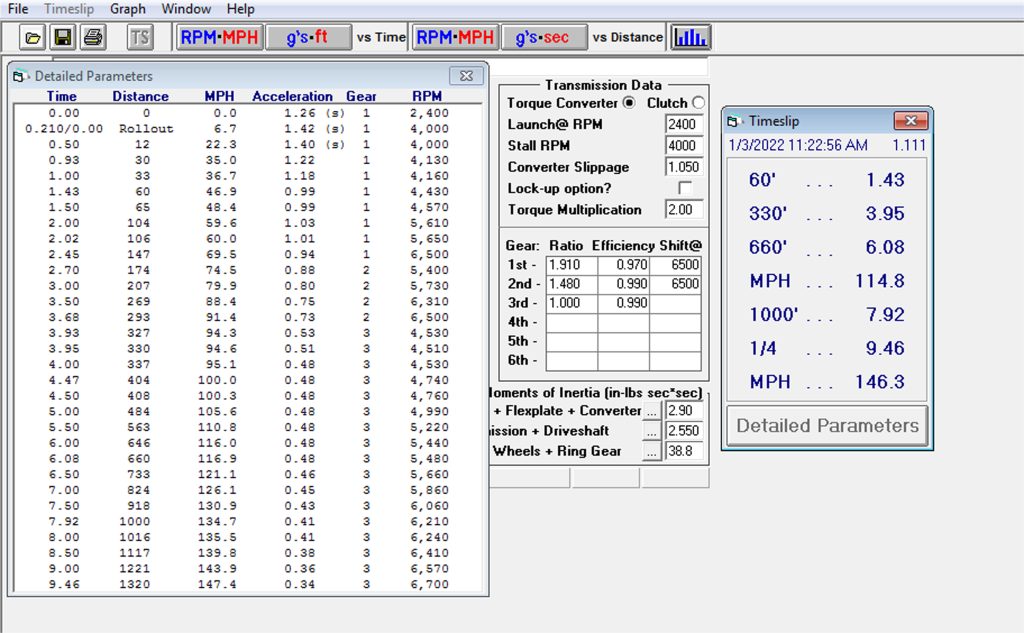
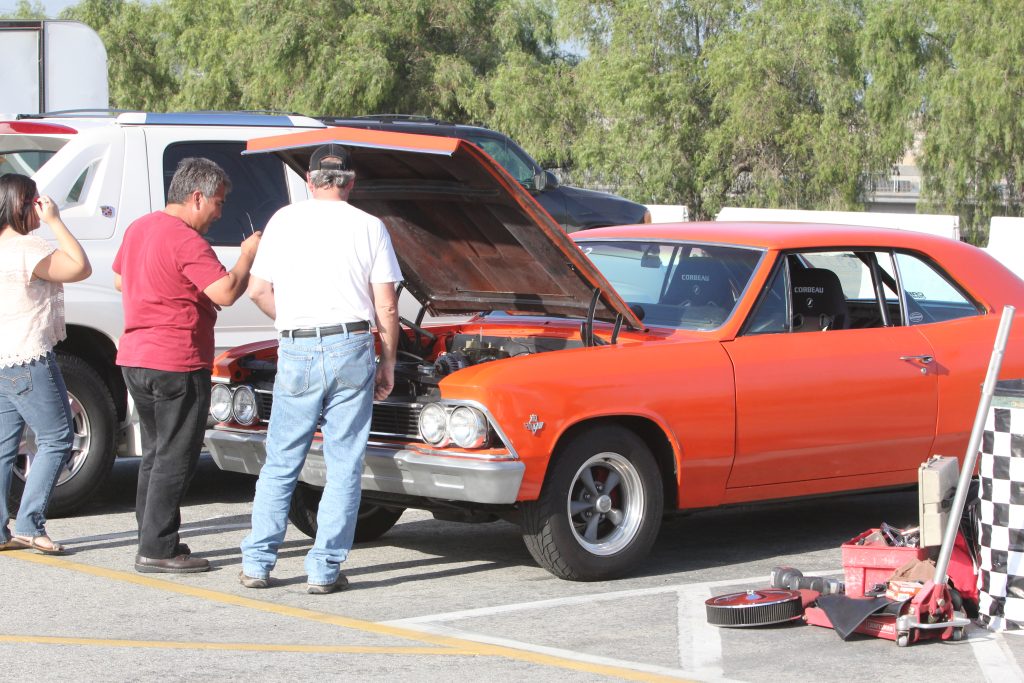
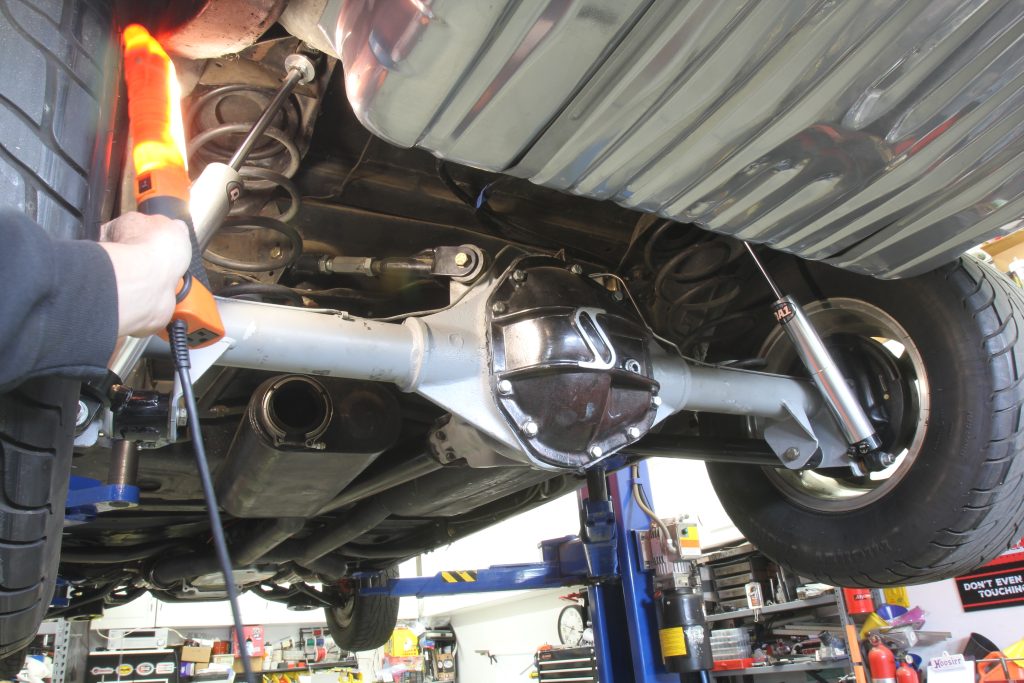
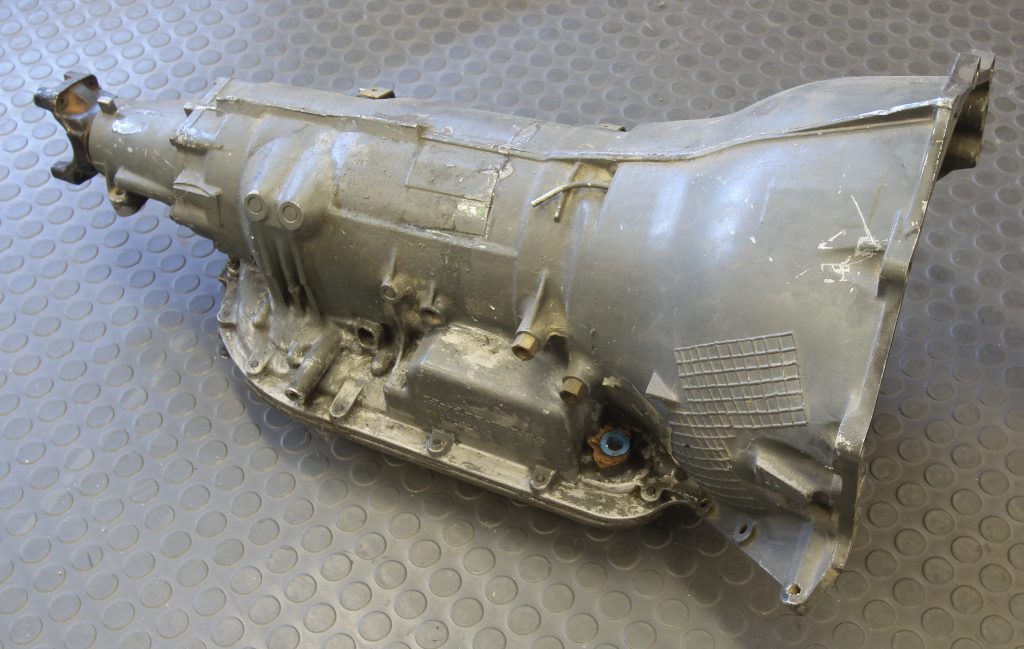
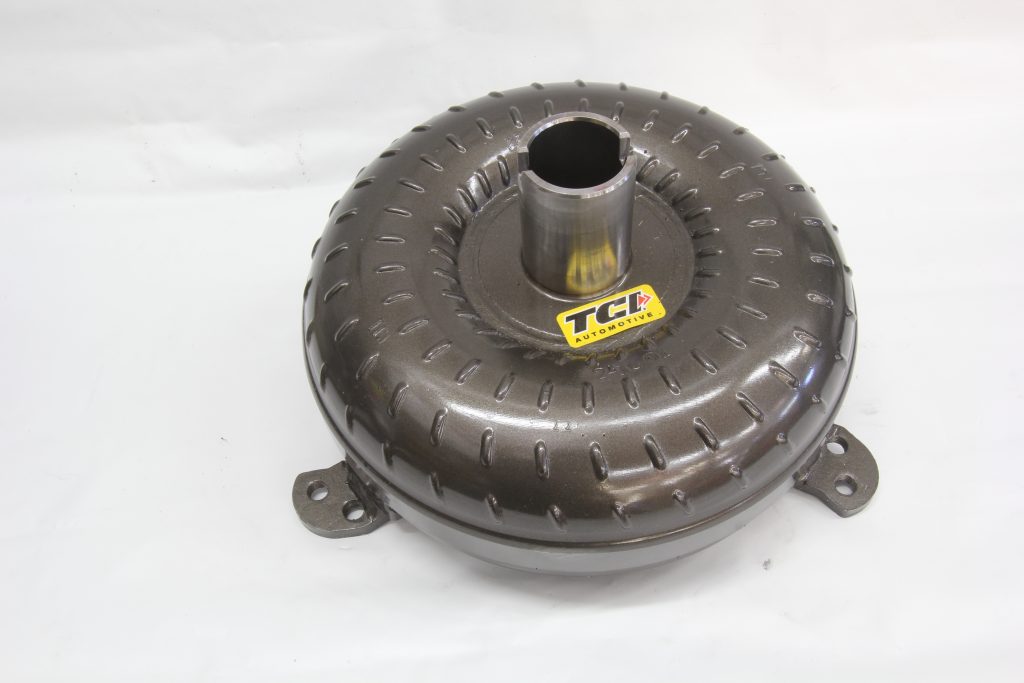
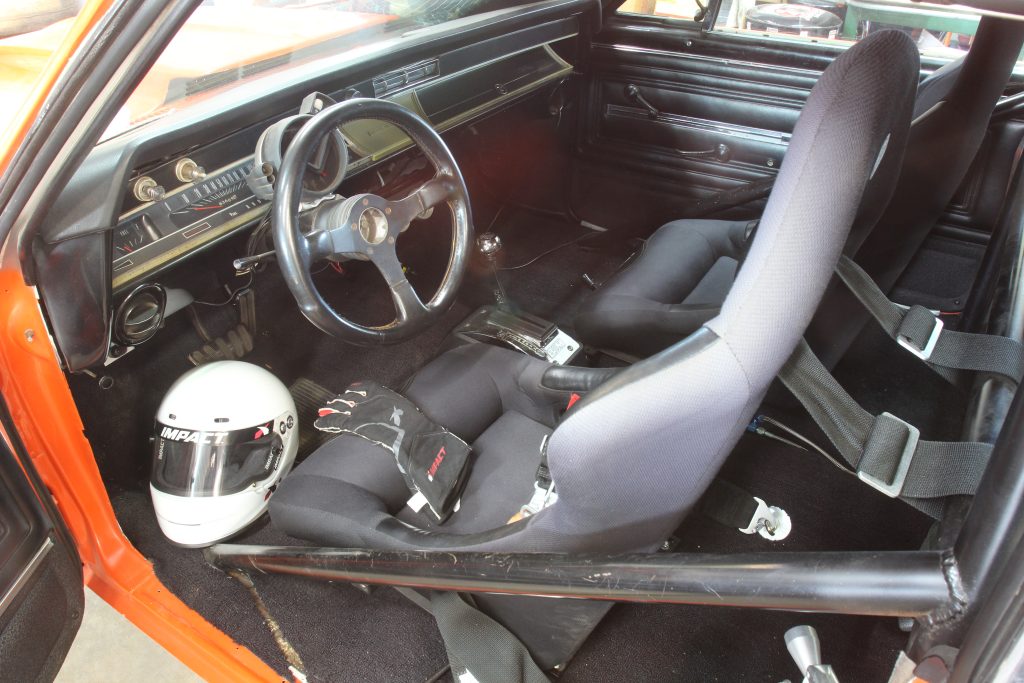
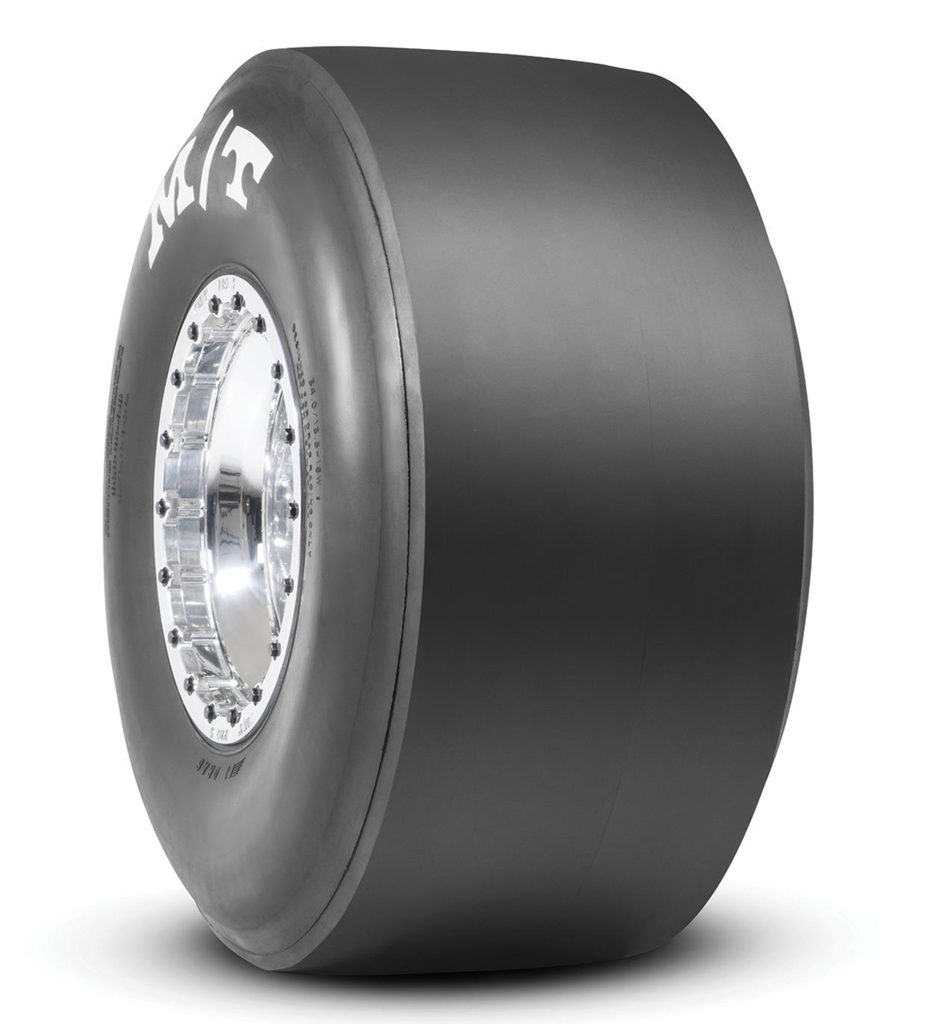
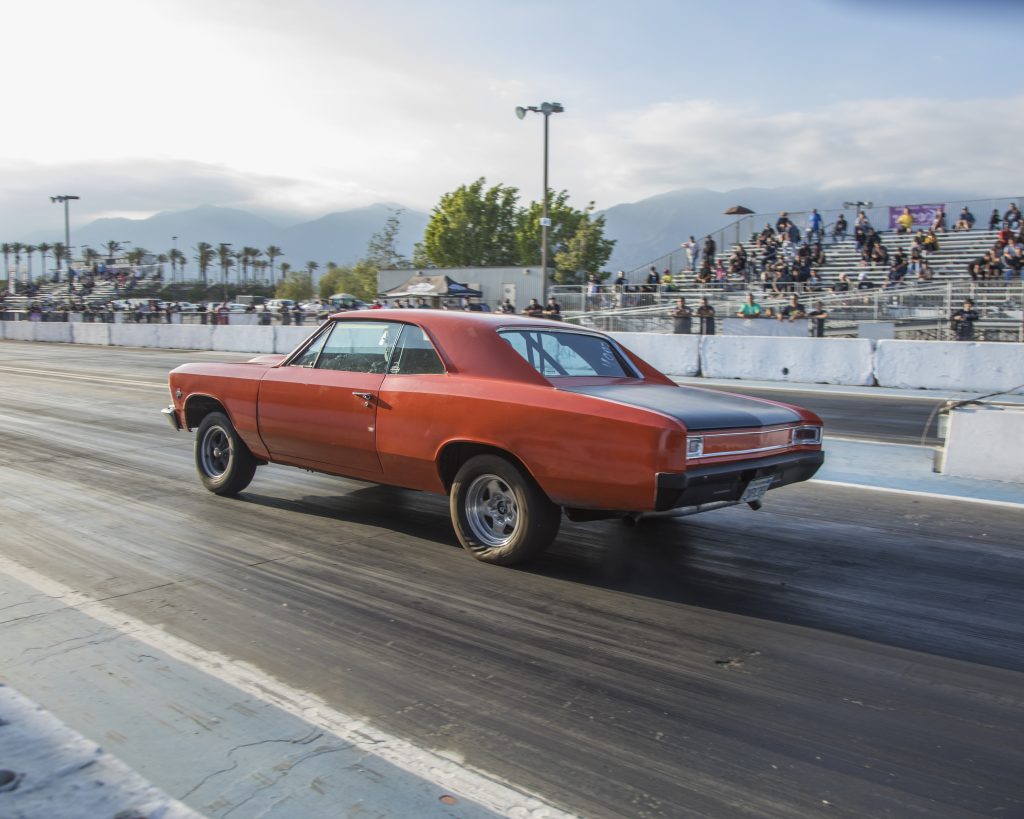
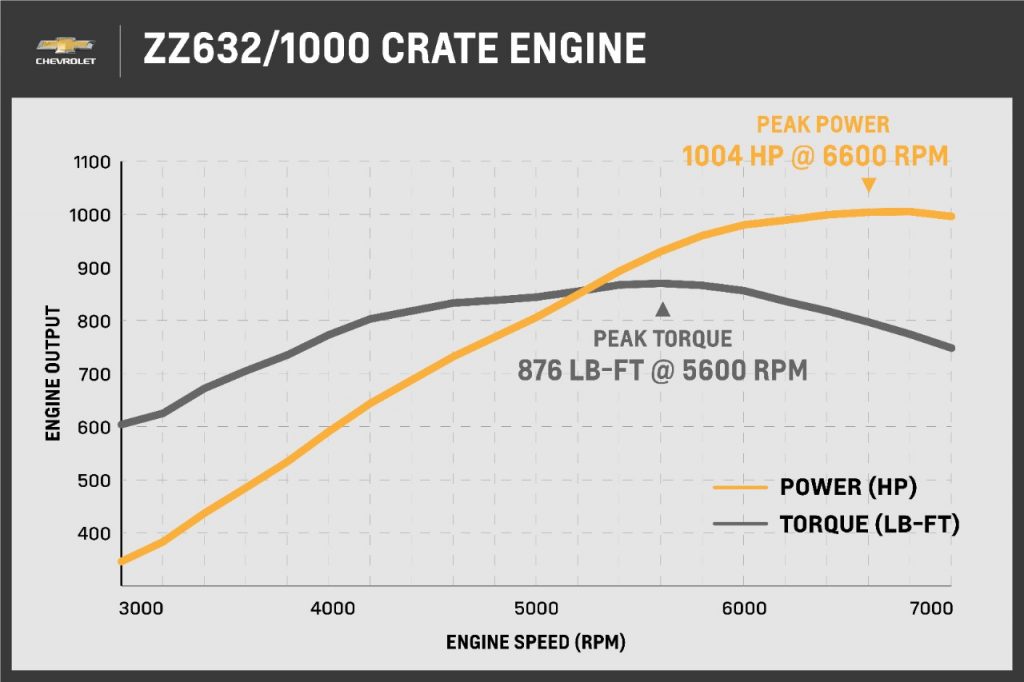
Chevy Performance ZZ632 Simulation Parts List
- Chevrolet Performance ZZ632 big block crate engine, NAL-19432060
- TCI Street Fighter 4L80E automatic, TCI-271150
- TCI 4L80E, 4,000 rpm stall converter, TCI-242940
- TCI TH400 Pro-X 10”, converter, TCI-251000
- Strange S-60 bolt-in Chevelle, STR-PRSA05
- Mickey Thompson 31 x 13 x 15 drag slick, MTT-3072

Hi Sir,
Would love to see this engine i my 68 Camaro 2750lbs (BBC) with a power glide 1.76 Micky Thomson 31.13.15 slicks 4.56 gear can you do this simulation with mi combo